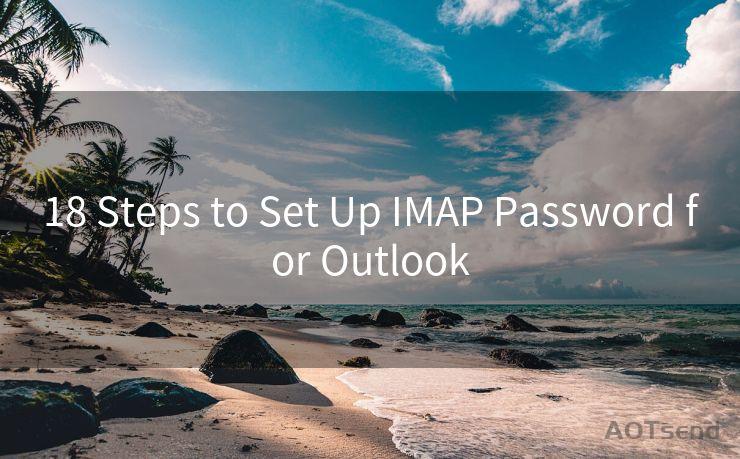8 Best Practices for Submitting Documents via Email




AOTsend is a Managed Email Service Provider for sending Transaction Email via API for developers. 99% Delivery, 98% Inbox rate. $0.28 per 1000 emails. Start for free. Pay as you go. Check Top 10 Advantages of Managed Email API
In today's digital age, email has become the preferred method for submitting documents quickly and efficiently. However, there are certain best practices to follow to ensure smooth and secure document delivery. Here are the top 8 best practices for submitting documents via email.
1. Clear and Concise Subject Line
Start with a clear and concise subject line that accurately reflects the content of the email and the attached documents. This helps the recipient understand the purpose of the email at a glance.
2. Use a Professional Email Address

Ensure you are sending emails from a professional email address. Avoid using personal or unprofessional email addresses as they may raise doubts about the legitimacy of your email.
3. Secure Your Attachments
Before attaching any documents, make sure they do not contain sensitive or confidential information that could be misused if intercepted. If necessary, consider encrypting the documents or using a secure file-sharing platform.
4. Check File Formats
Ensure that the documents you are attaching are in a universally accepted format such as PDF, DOCX, or XLSX. This ensures compatibility and ease of access for the recipient.
5. Optimize File Size
Large file sizes can cause emails to bounce or be rejected by mail servers. Compress or optimize your documents to reduce file size without sacrificing quality.
6. Include a Cover Letter
In the body of the email, include a brief cover letter explaining the purpose of the attached documents and any specific instructions or requests. This adds context and clarity for the recipient.
7. Double-Check Recipients
Before sending, double-check the email addresses of the recipients to avoid sending sensitive documents to the wrong person.
8. Confirm Receipt
Follow up with the recipient to confirm that they have received the documents and that they are accessible. This extra step ensures that there are no issues with the transmission and receipt of the documents.
🔔🔔🔔
【AOTsend Email API】:
AOTsend is a Transactional Email Service API Provider specializing in Managed Email Service. 99% Delivery, 98% Inbox Rate. $0.28 per 1000 Emails.
AOT means Always On Time for email delivery.
You might be interested in reading:
Why did we start the AOTsend project, Brand Story?
What is a Managed Email API, Any Special?
Best 25+ Email Marketing Platforms (Authority,Keywords&Traffic Comparison)
Best 24+ Email Marketing Service (Price, Pros&Cons Comparison)
Email APIs vs SMTP: How they Works, Any Difference?
By following these 8 best practices for submitting documents via email, you can ensure that your documents are delivered securely, efficiently, and professionally. Remember, email is a convenient tool, but it's essential to use it responsibly and with attention to detail.
In conclusion, submitting documents via email requires careful consideration of file formats, security, and clarity of communication. By adhering to these best practices, you can minimize the risks associated with email submissions and ensure that your documents are handled professionally and securely. Whether you're submitting a resume, a report, or any other important document, these tips will help you do so with confidence.




AOTsend adopts the decoupled architecture on email service design. Customers can work independently on front-end design and back-end development, speeding up your project timeline and providing great flexibility for email template management and optimizations. Check Top 10 Advantages of Managed Email API. 99% Delivery, 98% Inbox rate. $0.28 per 1000 emails. Start for free. Pay as you go.
Scan the QR code to access on your mobile device.
Copyright notice: This article is published by AotSend. Reproduction requires attribution.
Article Link:https://www.aotsend.com/blog/p8772.html











